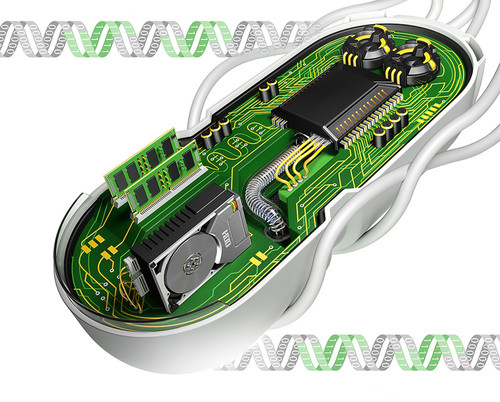Novel Genetic Circuits Feature A Long-term Memory

MIT engineers have created genetic circuits in bacterial cells that in addition to performing logic functions can remember the results, which are encoded in the cell’s DNA and transmitted for many generations. The study on the circuits was published in the Feb. 10 online edition of the Nature Biotechnology. The circuits could be used as long-term environmental sensors, efficient controls for biomanufacturing, or to program stem cells to differentiate into other cell types. Synthetic biologists use interchangeable genetic parts to design circuits detecting a chemical in the environment; in this circuit type the target chemical would respond by production of green fluorescent protein (GFP). Circuits can also be designed for any type of Boolean logic function, such as AND gates and OR gates; circuits can detect multiple inputs using these gates. Unlike most of the previously engineered cellular logic circuits, in which the end product is generated only as long as the original stimuli are present, MIT engineers have designed a circuit that would be irretrievably changed by the original stimulus, creating a permanent memory of the event. Such circuits could also be used to create a type of circuit known as a digital-to-analog converter, which could provide a better control over the production of cells that generate biofuels, drugs or other useful compounds. Instead of creating circuits that are always on, or using promoters that need continuous inputs to control their output levels, scientists could transiently program the circuit to produce at a certain level. The cells and their progeny would always remember that level, without the need of any further information. Michael Jewett, an assistant professor of chemical and biological engineering at Northwestern University, claims the new design to be a “huge advancement in DNA-encoded memory storage.” You can read more about the study at web.mit.edu
| Tweet |











